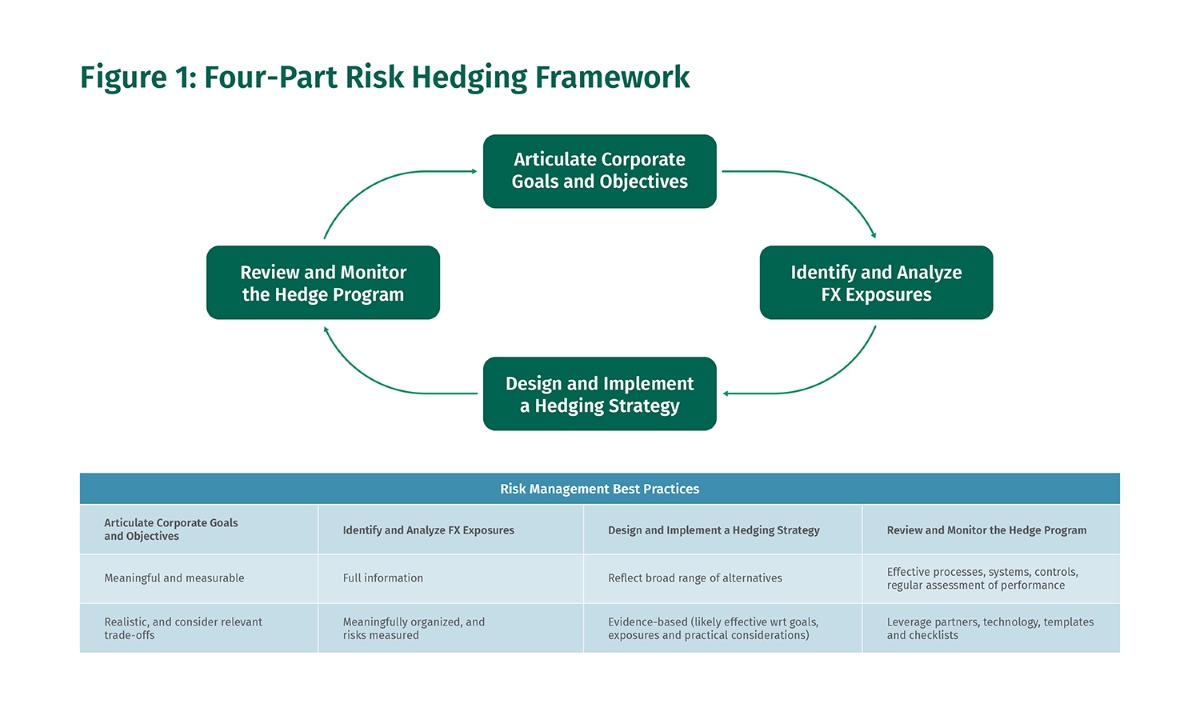Home>Finance>What’s An IPO Lockup? Definition, Purpose, Expiration Strategies


Finance
What’s An IPO Lockup? Definition, Purpose, Expiration Strategies
Published: December 14, 2023
Learn all about IPO lockups in finance, including their definition, purpose, and expiration strategies. Understand how lockup periods affect investors and the market.
(Many of the links in this article redirect to a specific reviewed product. Your purchase of these products through affiliate links helps to generate commission for LiveWell, at no extra cost. Learn more)
What’s an IPO Lockup? Definition, Purpose, Expiration Strategies
When a company goes public, one of the common terms you may frequently come across is an IPO lockup. But what exactly does this term mean? In simple terms, an IPO lockup refers to a period after an initial public offering (IPO) when company insiders, including executives, employees, and early investors, are restricted from selling their shares in the company.
Key Takeaways:
- An IPO lockup is a period after an initial public offering when insiders are prohibited from selling their shares in the company.
- Lockup periods exist to prevent a flood of shares entering the market immediately after an IPO, which could lead to a decline in share price.
So why do lockup periods exist, and what’s the purpose behind them? Let’s dive deeper and explore the reasons:
The Purpose of an IPO Lockup:
1. Stabilize the Share Price: One of the primary purposes of an IPO lockup is to prevent a sudden influx of shares in the market. Without a lockup period, insiders who hold substantial stakes in the company might be eager to sell their shares right after the IPO. This flood of shares could potentially drive the share price down, harming investor confidence. By imposing a lockup period, it allows the market to stabilize and provides an opportunity for the company’s prospects to be evaluated properly without market manipulation.
2. Preserve Investor Confidence: The lockup period helps maintain investor confidence by ensuring that company insiders are also committed to the long-term success of the business. If insiders were allowed to sell their shares immediately after an IPO, it could raise concerns among potential investors. This restriction demonstrates that insiders are willing to hold onto their shares for a certain period, aligning their interests with those of the public shareholders.
Now that we understand the significance of an IPO lockup, let’s look at the strategies commonly employed for the expiration of lockup periods:
Strategies for Lockup Expiration:
1. Gradual Unlocking: Many companies choose to gradually release shares held by insiders rather than allowing immediate unrestricted selling. This approach allows for a smoother transition and mitigates the risk of an overwhelming supply of shares hitting the market at once. By staggering the release of shares, the potential impact on the share price is spread out over a longer period, reducing volatility.
2. Secondary Offering: In some cases, insiders might choose to sell their shares through a secondary offering shortly after the lockup period ends. This approach enables insiders to sell their shares while also providing an opportunity for the company to raise additional funds. Secondary offerings are typically conducted at market prices and involve the issuance of new shares to the public, ensuring that the supply of shares is managed more effectively.
In conclusion, an IPO lockup plays a crucial role in the financial markets, stabilizing share prices and preserving investor confidence. By restricting insider selling for a specific period after an IPO, it allows the market to absorb new shares more smoothly and establishes trust between insiders and public shareholders. Understanding the purpose and expiration strategies of an IPO lockup can help investors make informed decisions when engaging with newly public companies.














